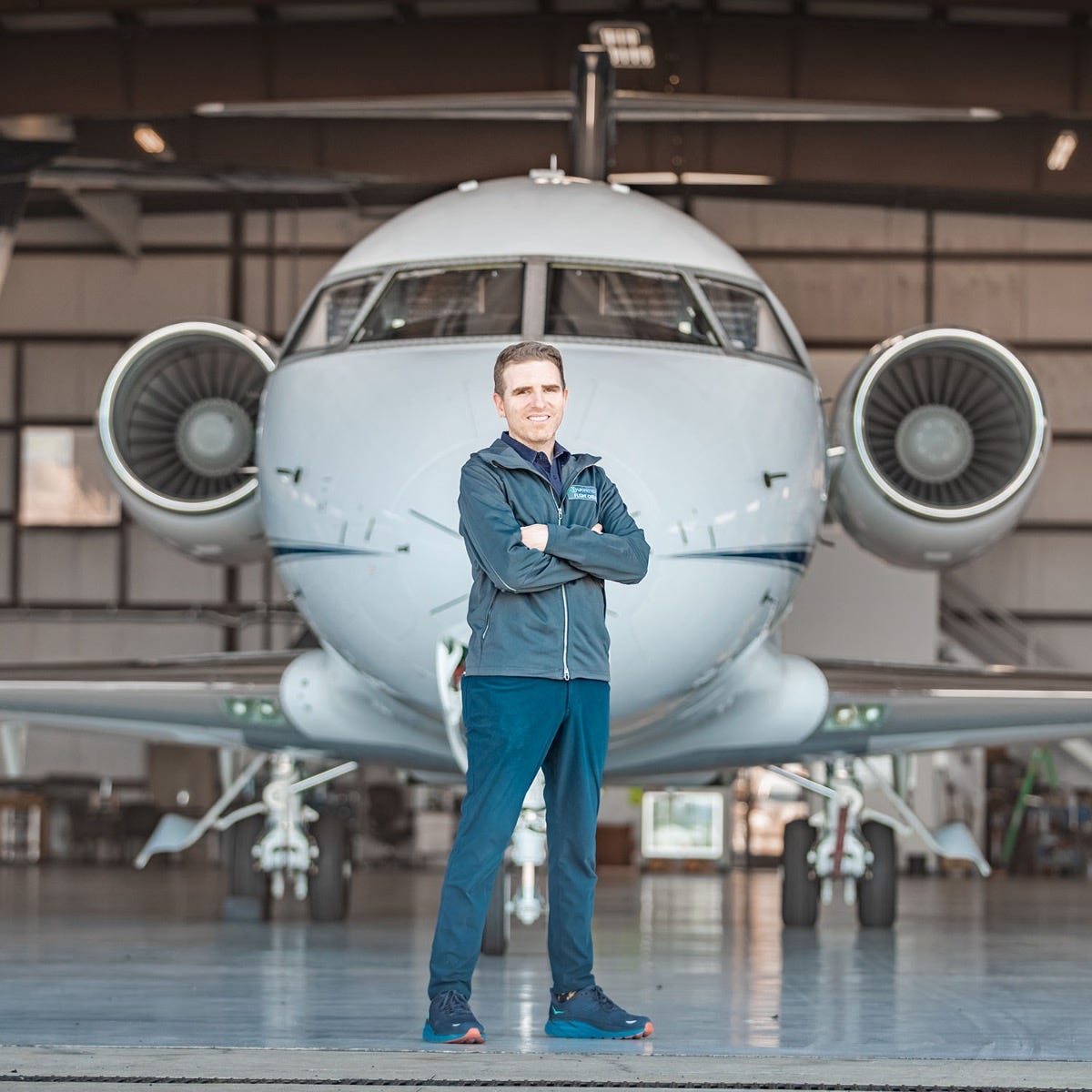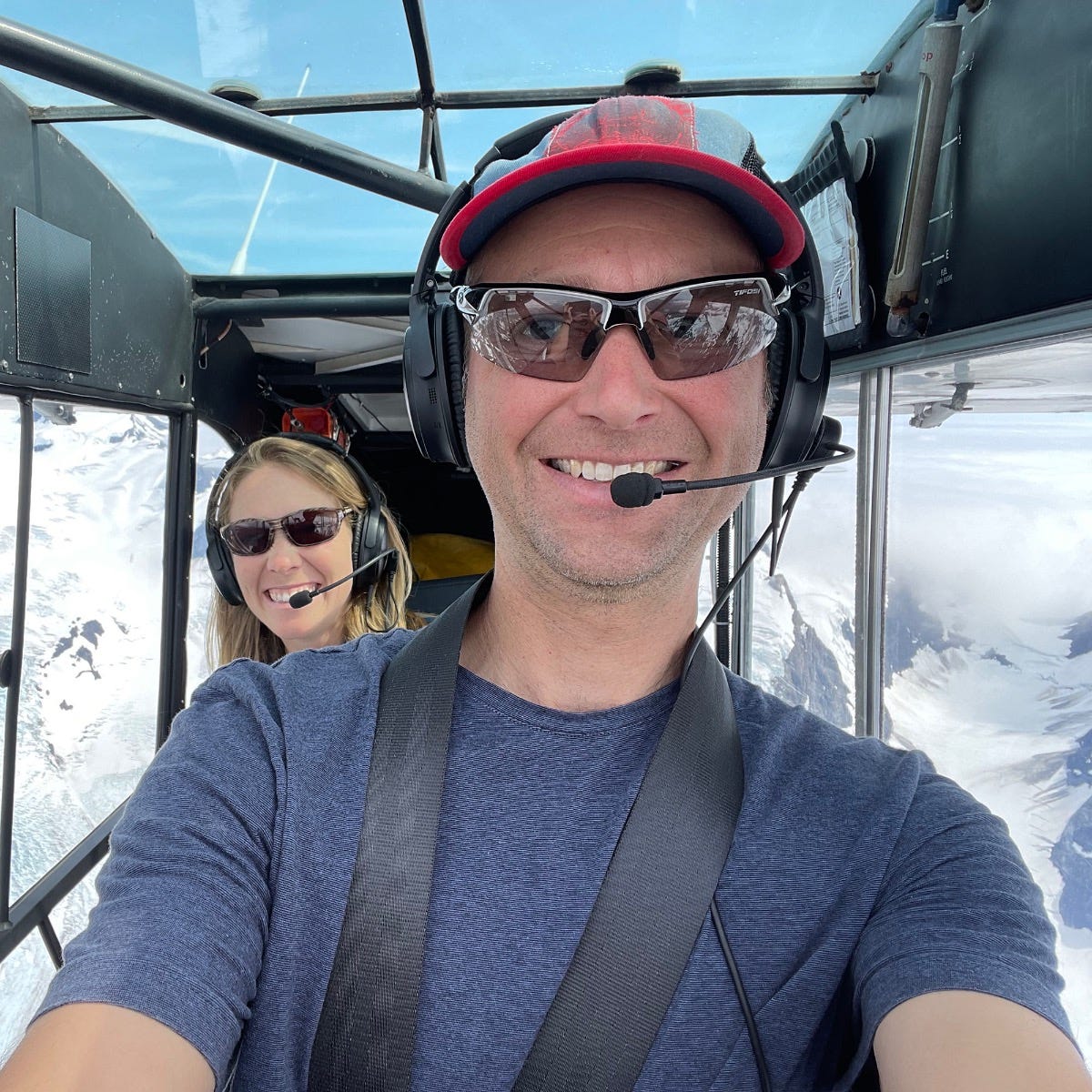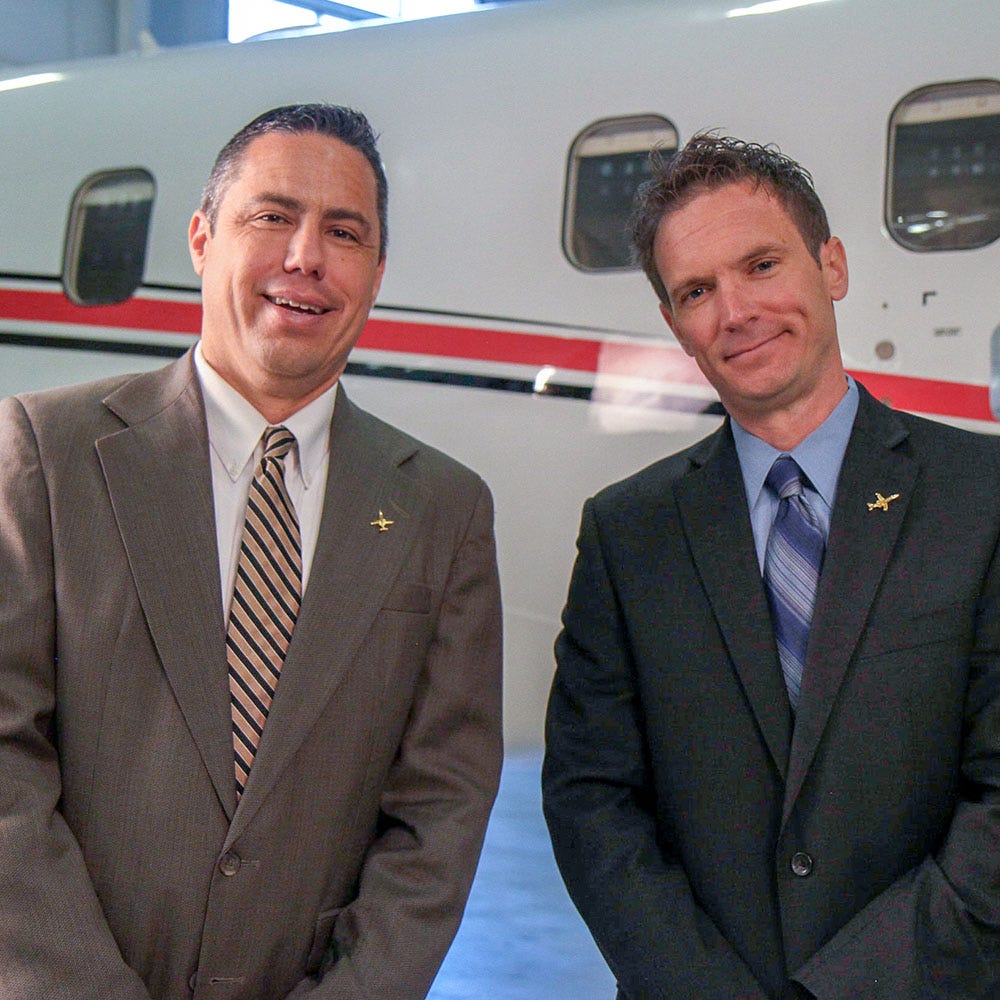At a hangar flying session you might hear that in “the good old days” checking out in a new airplane meant nothing more than grabbing the keys and blasting off. That was never a great idea, but with today’s sophisticated avionics it’s simply impossible—integrated panels mean that each airplane is unique and often quite complicated. A smart pilot will commit to serious study on the ground before ever starting the engine.
Here are some tools that can save you time and money when learning new avionics. More importantly, they’ll help you be a safer and more confident pilot, able to get the most out of your new equipment.
Video Courses
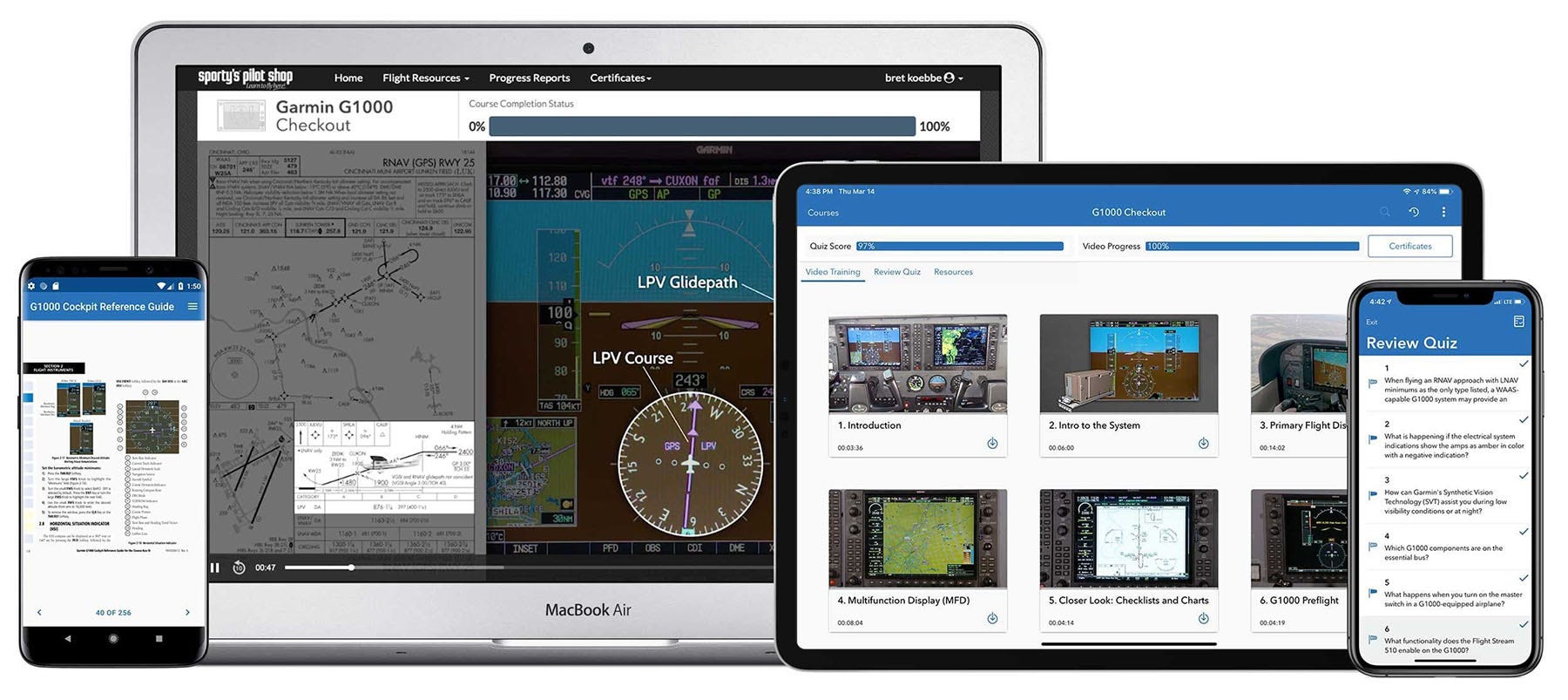 The best place to begin is a home study course. You can learn about your avionics without driving to the airport, you can pause and replay sections until you’ve mastered the concepts, and you can pick up time-saving tips from the pros. Sporty’s Pilot Training app, available for iOS and Android devices as well as smart TVs, is the ultimate all-in-one resource. It includes comprehensive video courses on Garmin’s most popular avionics, including glass panels (G1000, G5000, G500/G600 TXi, and G3X), the bestselling GTN navigator line, the GFC 500 autopilot, and even weather radar. Each of these courses includes detailed video segments and helpful reference documents. Your progress syncs across devices, so you can study anywhere you have five minutes free.
The best place to begin is a home study course. You can learn about your avionics without driving to the airport, you can pause and replay sections until you’ve mastered the concepts, and you can pick up time-saving tips from the pros. Sporty’s Pilot Training app, available for iOS and Android devices as well as smart TVs, is the ultimate all-in-one resource. It includes comprehensive video courses on Garmin’s most popular avionics, including glass panels (G1000, G5000, G500/G600 TXi, and G3X), the bestselling GTN navigator line, the GFC 500 autopilot, and even weather radar. Each of these courses includes detailed video segments and helpful reference documents. Your progress syncs across devices, so you can study anywhere you have five minutes free.
Bonus tip: Garmin also offers a number of free simulator apps for your tablet, which are an excellent way to practice pushing buttons without running the Hobbs. Currently, these are available for the GTN and GTN Xi series, the GPS 175/GNX 375, and G500/600 TXi panel.
Flight Simulators
If you’re ready to put your new knowledge to work, but not quite ready to go flying, consider a home flight simulator. The latest options, Microsoft Flight Simulator and X-Plane 12, create incredibly lifelike virtual worlds, complete with detailed cockpits and stunning scenery. A variety of airplanes and avionics are available in both sims, including the Garmin G1000 panel. While not always 100% perfect on the “buttonology,” they are close enough to help you run checklists, practice flows, and form good scan habits.
For the complete avionics simulator experience, add a dedicated avionics stack from RealSim Gear. The company offers a variety of devices that plug into your computer and work with both Microsoft and X-Plane.These take a bit of configuration, but once you’re up and running you can tap the screen on your simulated GTN, twist the knobs on your simulated G1000, or fly an approach on your RealSim Gear Garmin G5 display.
Power Supplies
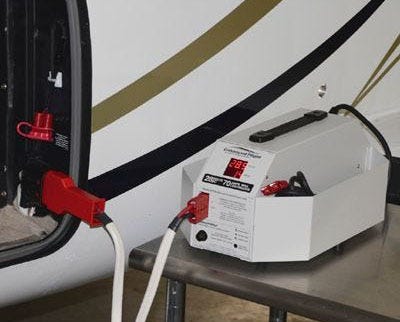 Home study and simulator flying is a great start, but at some point you’ll need to head to the airport and learn the real thing. But that doesn’t mean flying—at least not yet. A ground power unit (GPU) allows you to push buttons and twist knobs without draining your battery. Simply connect the GPU to your airplane and turn on the avionics master switch. Then you can run through all your scenarios at 0 knots and 1G, a much better learning environment than a noisy cockpit in flight. For complete details and our top picks for GPUs, read this article.
Home study and simulator flying is a great start, but at some point you’ll need to head to the airport and learn the real thing. But that doesn’t mean flying—at least not yet. A ground power unit (GPU) allows you to push buttons and twist knobs without draining your battery. Simply connect the GPU to your airplane and turn on the avionics master switch. Then you can run through all your scenarios at 0 knots and 1G, a much better learning environment than a noisy cockpit in flight. For complete details and our top picks for GPUs, read this article.
There’s one final option if you want to train with your actual avionics: a docking station. Available for Garmin’s popular GNS and GTN series of navigators, these allow you to remove the avionics from your panel and take them home. Slide the box into the docking station and flip the switch—now you can practice from the comfort of your couch or flight school.
Whatever you use for avionics training, whether it’s a video course, a GPU, or both, make a plan to practice before you go flying. New avionics don’t have to be overwhelming, but they do demand structured training. Remember: you’re still the pilot in command.

